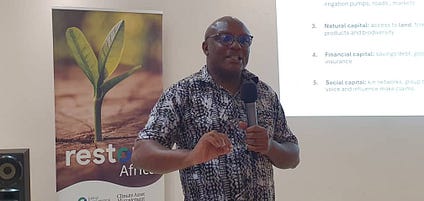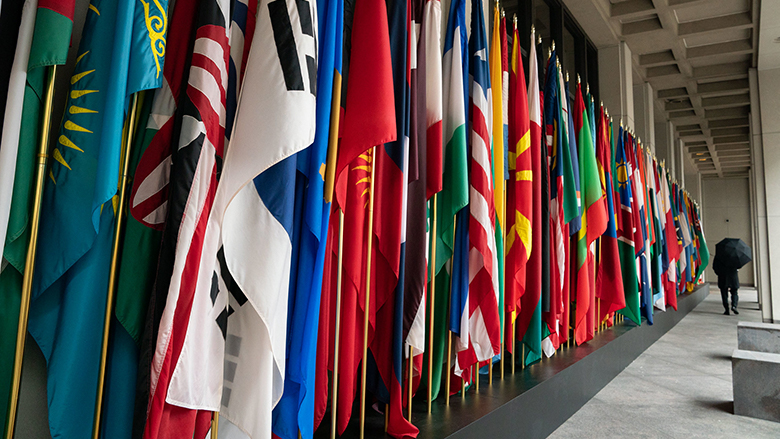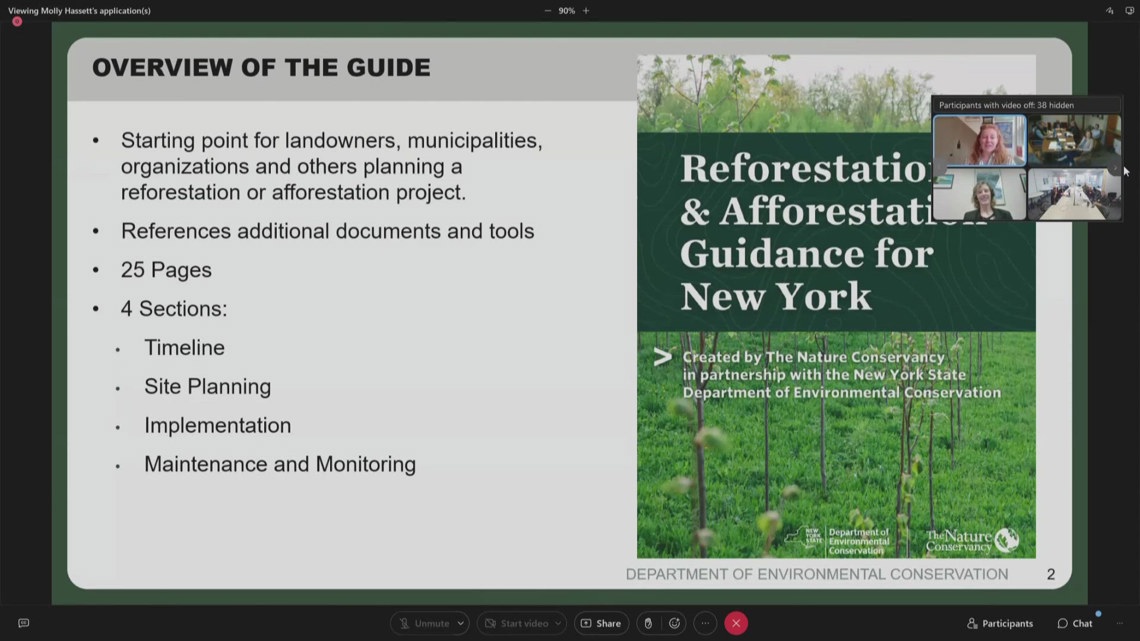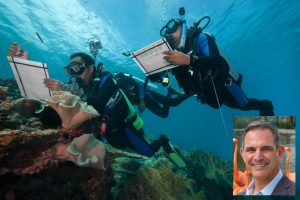Report on the Upper Truckee Marsh Restoration Project
Executive Summary
A significant environmental restoration project has been advanced in the Lake Tahoe basin with the complete demolition of the former Motel 6 complex on the Upper Truckee Marsh property. This initiative, led by the California Tahoe Conservancy, marks a critical step in a broader strategy to reclaim developed land within sensitive ecosystems. The project directly supports multiple United Nations Sustainable Development Goals (SDGs) by focusing on habitat restoration, water quality improvement, climate action, and sustainable community development through multi-stakeholder partnerships.
Alignment with Sustainable Development Goals (SDGs)
SDG 15: Life on Land & SDG 14: Life Below Water
The project’s primary objective is the restoration of terrestrial and aquatic ecosystems, directly contributing to the conservation of biodiversity.
- Habitat Restoration: The removal of buildings and pavement from the 31-acre property is the first step toward restoring the rich wetland habitat of the Upper Truckee Marsh.
- Watershed Protection: This initiative is part of the Lake Tahoe Environmental Improvement Program, which aims to remove development from sensitive meadows and wetlands to protect the fragile watershed.
- Aquatic Ecosystem Health: By restoring the natural floodplain of the Upper Truckee River, the project will improve the health of the river and, consequently, the aquatic life within Lake Tahoe.
SDG 6: Clean Water and Sanitation & SDG 13: Climate Action
The restoration of the marshland provides critical ecosystem services related to water purification and climate resilience.
- Water Quality Improvement: Restoring the wetland enhances its natural capacity to filter water and prevent polluted runoff from entering the Upper Truckee River and Lake Tahoe.
- Climate Mitigation: Wetlands are vital carbon sinks. Re-establishing the marsh’s natural functions will contribute to carbon sequestration, a key component of climate action.
- Climate Adaptation: A healthy floodplain provides natural resilience against extreme weather events, such as flooding.
SDG 11: Sustainable Cities and Communities
The project transforms a site of aging infrastructure into a valuable community and cultural asset, promoting sustainable land use.
- Sustainable Land Management: The project replaces obsolete commercial development with accessible public green space, promoting a more sustainable model for community development in an environmentally sensitive area.
- Preservation of Cultural Heritage: The Conservancy acknowledges the site’s location within the ancestral homeland of the waší∙iw (Washoe people) and recognizes the Washoe Tribe of Nevada and California as a vital partner in advocating for the land’s protection.
SDG 17: Partnerships for the Goals
The success of this milestone is a direct result of a robust multi-stakeholder partnership, exemplifying a collaborative approach to achieving sustainability objectives.
Key Project Partners
- California Tahoe Conservancy
- California Department of General Services
- Clauss Construction
- California Wildlife Conservation Board
- Tahoe Regional Planning Agency
- California Department of Fish and Wildlife
- Tahoe Fund
- League to Save Lake Tahoe
- Washoe Tribe of Nevada and California
Project Milestones and Future Directives
Completed Actions
- Demolition of two motel buildings, a vacant restaurant, a swimming pool, and associated pavement.
- Recycling of a significant portion of waste material generated during demolition.
- Grading of the cleared land to prevent erosion and manage runoff effectively.
- Opening of the site to the public for immediate access and enjoyment.
Future Planning
- Continued development of a long-term plan for the comprehensive restoration of the property.
- Evaluation of the potential removal of approximately eight feet of artificial fill to fully restore natural wetland function and topography.
- Ongoing collaboration with partners and the Washoe Tribe to ensure the ecological and cultural integrity of the restoration.
Analysis of Sustainable Development Goals in the Article
SDG 6: Clean Water and Sanitation
- The project described in the article directly contributes to SDG 6 by focusing on the restoration of a natural floodplain and wetland. The article states that the land was graded “to prevent runoff,” which is a key action in protecting the water quality of Lake Tahoe and the Upper Truckee River. Restoring the wetland’s natural function helps filter and clean water before it enters the lake.
SDG 11: Sustainable Cities and Communities
- The article addresses SDG 11 by highlighting the improvement of public access to green spaces. It explicitly mentions that the project aims for “improving public access” and that the 31-acre site is “now open to the public.” This action transforms a developed, private commercial area into a natural, publicly accessible landscape, enhancing the quality of life and community well-being.
SDG 15: Life on Land
- This is the most prominent SDG in the article. The entire project is centered on restoring a terrestrial and freshwater ecosystem. The article details the demolition of buildings to restore a “rich wetland habitat” and the “natural floodplain.” This effort is part of a broader program to “remove development from sensitive meadows and wetlands,” directly aligning with the goal of halting and reversing land degradation and protecting biodiversity.
SDG 17: Partnerships for the Goals
- The article showcases a strong multi-stakeholder partnership, which is the essence of SDG 17. It lists a wide array of partners involved in the land acquisition and restoration project, including the California Tahoe Conservancy, California Department of General Services, Clauss Construction, California Wildlife Conservation Board, Tahoe Regional Planning Agency, California Department of Fish and Wildlife, Tahoe Fund, League to Save Lake Tahoe, and the Washoe Tribe of Nevada and California. This collaboration between government agencies, private contractors, non-profits, and indigenous groups is a clear example of a partnership for sustainable development.
Identified SDG Targets
SDG 6: Clean Water and Sanitation
- Target 6.6: By 2020, protect and restore water-related ecosystems, including mountains, forests, wetlands, rivers, aquifers and lakes. The project’s primary goal is to restore the “Upper Truckee Marsh” and its “natural floodplain,” which are critical water-related ecosystems for the health of Lake Tahoe. The removal of pavement and buildings is a direct action to restore this wetland.
SDG 11: Sustainable Cities and Communities
- Target 11.7: By 2030, provide universal access to safe, inclusive and accessible, green and public spaces. The article confirms that the restored site, covering “about 31 acres,” is “now open to the public,” directly fulfilling this target by converting developed land into a public green space.
SDG 15: Life on Land
- Target 15.1: By 2020, ensure the conservation, restoration and sustainable use of terrestrial and inland freshwater ecosystems and their services, in particular forests, wetlands, mountains and drylands. The project is a textbook example of this target, as it involves reclaiming and restoring a 31-acre wetland habitat that had been degraded by development.
- Target 15.5: Take urgent and significant action to reduce the degradation of natural habitats, halt the loss of biodiversity. The demolition of the motel, restaurant, and parking areas is a significant action to reverse the degradation of the “extraordinarily important” wetland habitat, as described in the article.
SDG 17: Partnerships for the Goals
- Target 17.17: Encourage and promote effective public, public-private and civil society partnerships. The success of the project is attributed to the collaboration of numerous entities. The article explicitly names the “funding and project partners,” including state agencies, construction companies, conservation boards, and non-profit organizations like the “Tahoe Fund” and “League to Save Lake Tahoe,” demonstrating a robust partnership model.
Implied Indicators for Measuring Progress
SDG 6: Clean Water and Sanitation
- Indicator for Target 6.6: The extent of water-related ecosystems restored. The article provides a quantifiable measure: the restoration of a 31-acre property (“Upper Truckee Marsh South”) which was formerly developed. Progress can be measured by the area of land where natural floodplain and wetland functions are being re-established.
SDG 11: Sustainable Cities and Communities
- Indicator for Target 11.7: The area of public green space created or improved. The article implies this indicator by stating that the “31 acres along the Upper Truckee River, is now open to the public,” providing a clear metric for the new public space made available.
SDG 15: Life on Land
- Indicator for Target 15.1 & 15.5: The area of degraded land being restored. The article specifies the removal of “two motel buildings, a restaurant, and pavement” from a 31-acre parcel. This area serves as a direct indicator of progress in reversing land degradation.
SDG 17: Partnerships for the Goals
- Indicator for Target 17.17: The number and type of partners involved in the sustainability project. The article implicitly provides this data by listing at least nine distinct partners from government, private, non-profit, and indigenous community sectors, which can be used to measure the scale and diversity of the collaboration.
SDGs, Targets, and Indicators Summary
| SDGs | Targets | Indicators Identified in the Article |
|---|---|---|
| SDG 6: Clean Water and Sanitation | Target 6.6: Protect and restore water-related ecosystems. | The area of wetland and floodplain restored (specified as a 31-acre property). |
| SDG 11: Sustainable Cities and Communities | Target 11.7: Provide universal access to green and public spaces. | The area of land opened for public access (specified as 31 acres). |
| SDG 15: Life on Land | Target 15.1: Ensure the conservation and restoration of terrestrial and inland freshwater ecosystems. | The area of wetland habitat where restoration activities are taking place (31 acres). |
| SDG 15: Life on Land | Target 15.5: Take action to reduce the degradation of natural habitats. | The area of developed land cleared to reverse habitat degradation (the 31-acre motel site). |
| SDG 17: Partnerships for the Goals | Target 17.17: Encourage and promote effective public, public-private and civil society partnerships. | The number and type of organizations collaborating on the project (at least nine partners from government, private, non-profit, and indigenous sectors are listed). |
Source: mynews4.com






